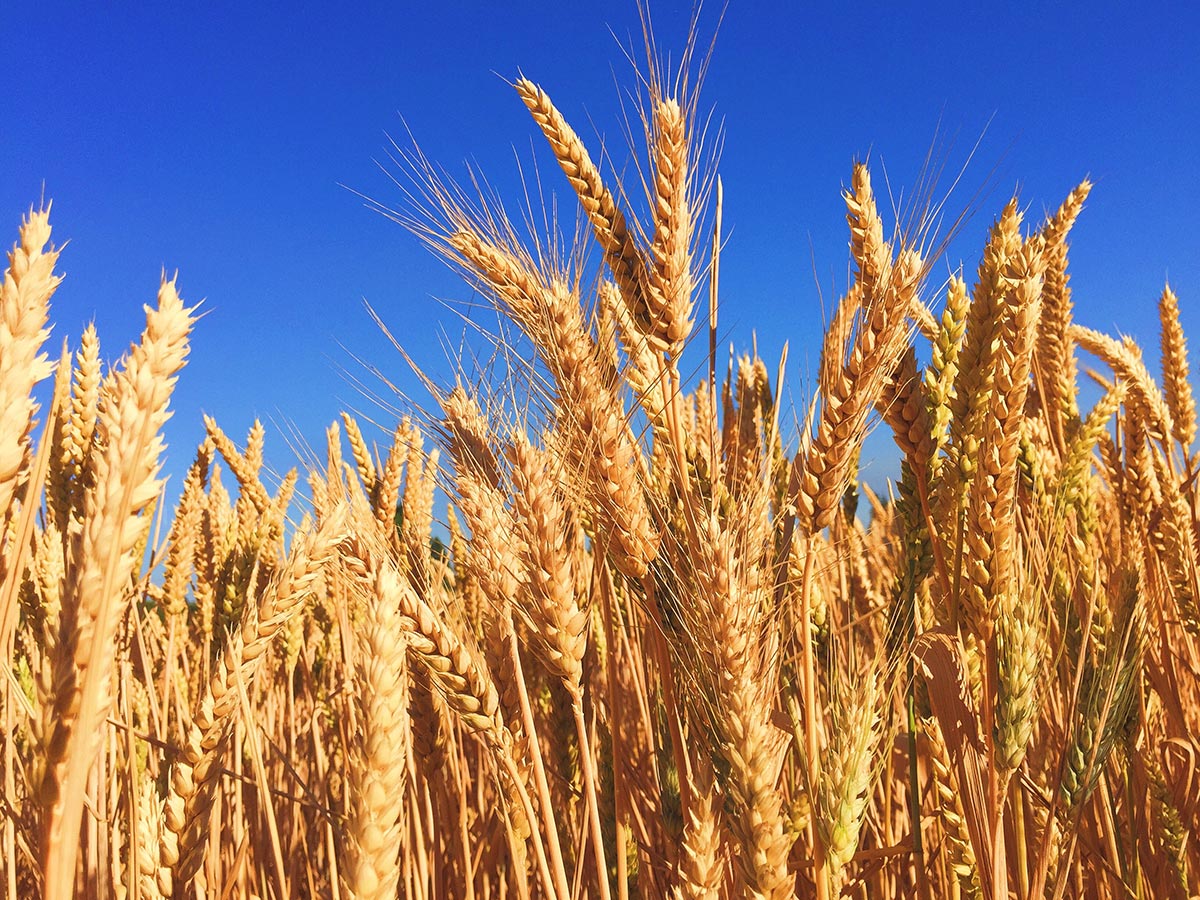![[eBook] Sustainable horticultural twine and baling twine solutions](https://agriplasticscommunity.com/wp-content/uploads/7_550x310_ENG-150x150.png)
![[eBook] Sustainable horticultural twine and baling twine solutions](https://agriplasticscommunity.com/wp-content/uploads/7_550x310_ENG-150x150.png)
![[eBook] Sustainable horticultural twine and baling twine solutions](https://agriplasticscommunity.com/wp-content/uploads/7_550x310_ENG-150x150.png)


Economy has been present in the lives of men since ancient times and has changed over time to become what we know today. When we began talking about “money,” we had to define what money was, and this was done by assigning value to a common element. What could that element be? Barley. That’s right, barley was known as the first official currency in the world.
The practice of exchanging or bartering is very old, and communities used to exchange goods to meet their basic needs. The Sumerian barley money was the first official currency in history (3,000 BC), and the most common measure to be able to control it was the Sila, which would amount to approximately to one litre. In short, constant amounts that were exchanged as a universal measure for goods and services.
Barley was followed by the Silver cycle, which was not a coin, but 8.33 grams of silver, which made the exchange complicated, since every transaction had to be weighed. The first coins appeared around 640 BC in Anatolia with the seal of the King Alyattes of Lydia. Almost all the currencies in use today come from the coins of Lydia, as it is stated in the webpage Raluca Kișescu.
Since money has been a part of human history for almost three millennia, it could be said that it is by excellence the universal converter of the world. Also, thanks to the guarantee given to it for being the first mutual trust system ever created, it came to stay with us to reduce cultural gaps and promote tolerance between different communities.
In other words, money has managed to maintain its value over time and can now be easily translated into prices since it is widely accepted worldwide. However, beyond barley, over the years there have been many objects and raw materials that have substituted “money currency”, among which are cow shells, pepper grains, gold and silver.
According to the webpage of the International Monetary Fund, the value of money used to remain anchored to alternative uses and to the fact that there were replacement costs. An example of this is the fact that you could eat barley or use pepper grains to add flavour to your meals; however, their value according to consumption provided a floor for that value. In that case, if the barley was eaten the money supply decreased, since the growth time was longer. “There is also the problem of divisibility—not everything of value is easily divided, and standardizing each unit is also tricky; for example, the value of a basket of strawberries measured against different items is not easy to establish and keep constant. Not only do strawberries make for bad money, most things do.”
Barley managed to serve as a currency for a long time by allowing barter or exchange operations to be carried out with the use of raw and unpolished gold flakes. Also, it was a currency that everyone agreed to use, as it allowed finalize agreements and exchanges of raw materials, as well as to establish connections with other new suppliers.
We invite you to read other interesting post about agriculture related topics curiosities such as Where in the world and how was the first greenhouse built?